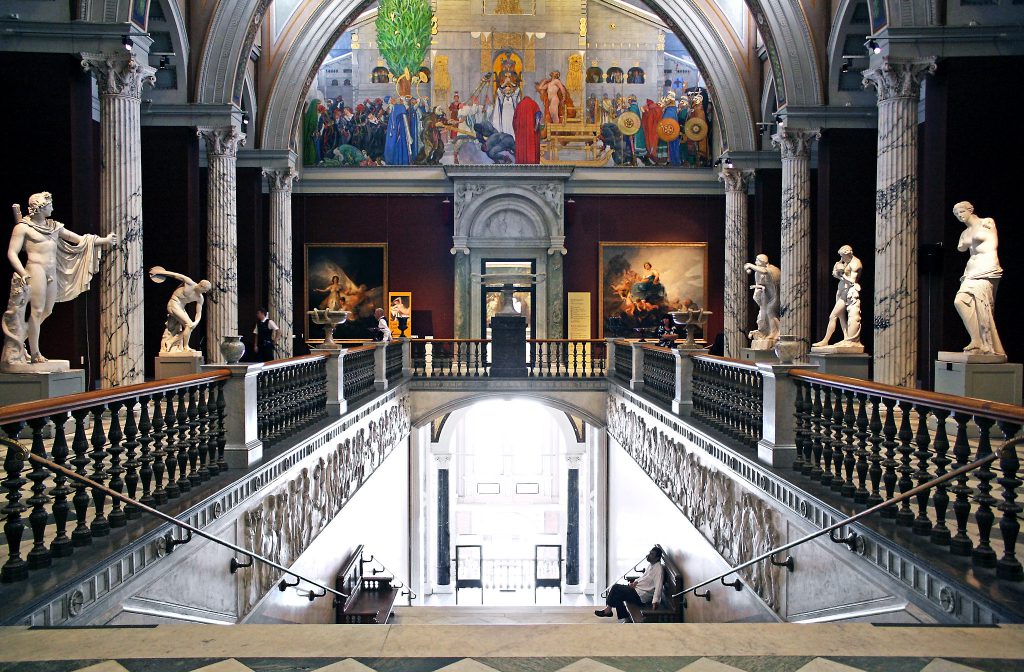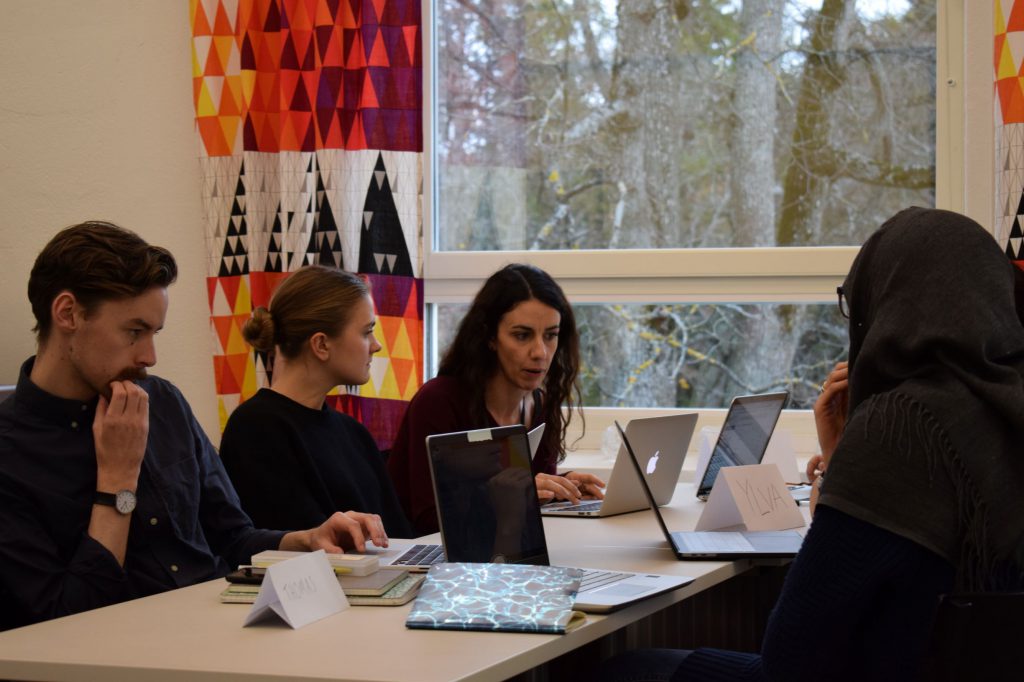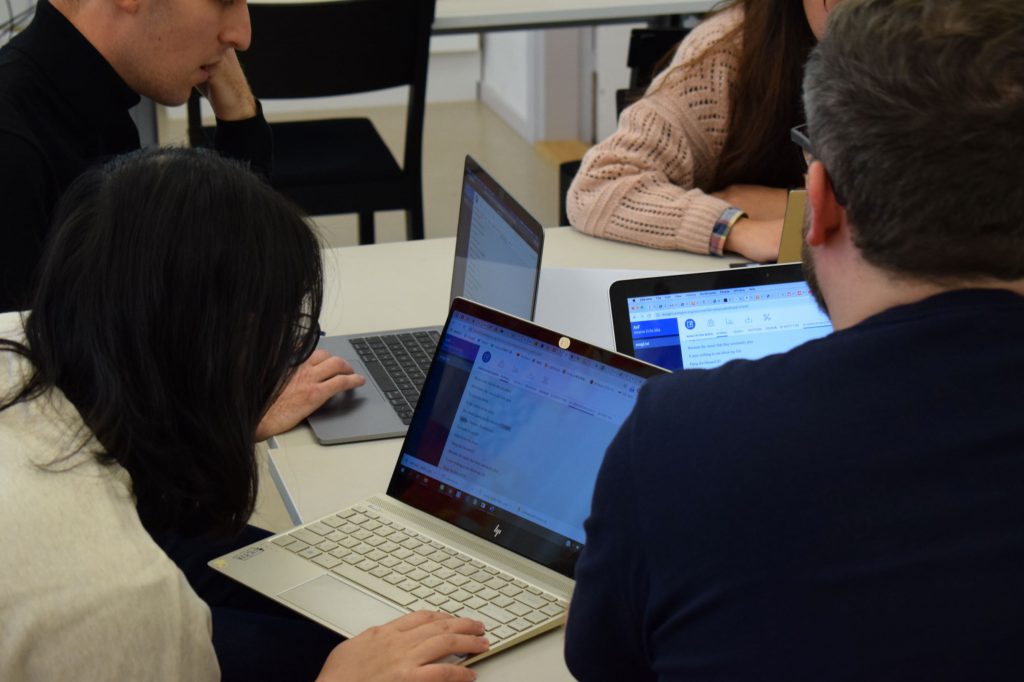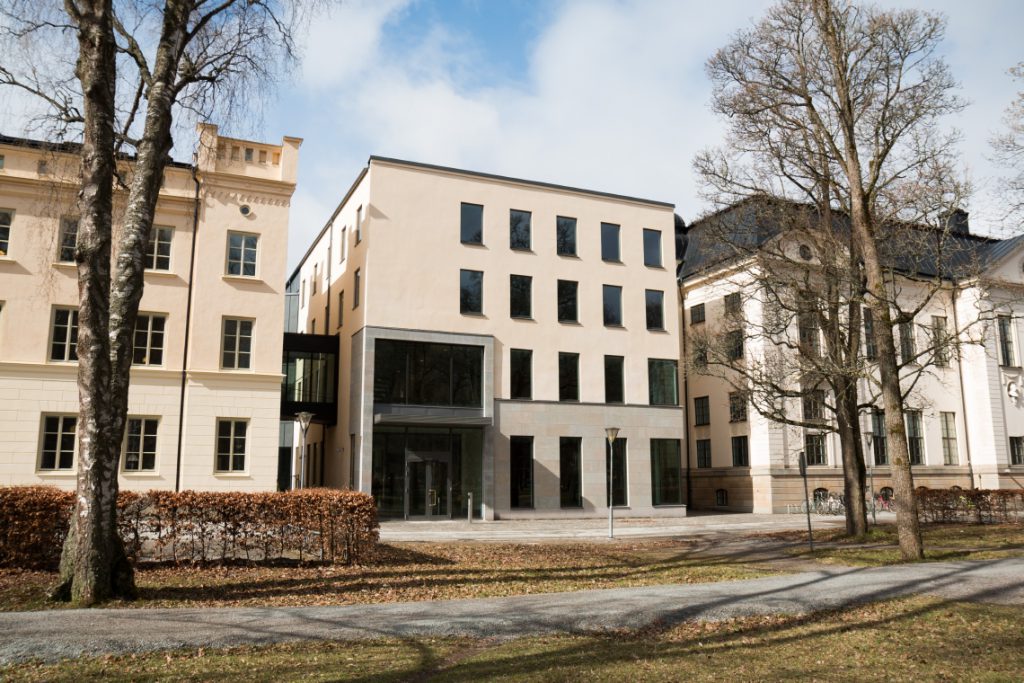Today the third course on the first semester starts for the students of the Master program in Digital Humanities. The title of the course is Digital Cultural Heritage and is headed by Nadzeya Charapan, a guest phd-student at the Department for ALM. During the five week course the student will be able to investigate the affordances, implications, and boundaries of digital cultural heritage.

The course provides students with theoretical and methodological approaches to cultural heritage and seeks to promote nuanced and contextualized knowledge through critical thinking. During the course, the students will learn about national and international regulations and policies that focus on the research and management of digital cultural heritage. The course includes a number of group site visits and fieldwork exercises.



